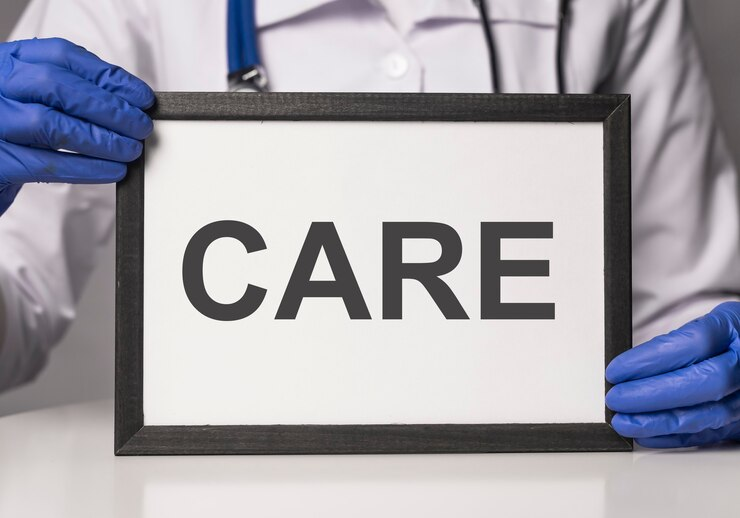This course is designed for new employees who will be working in the health and social care professions. It covers all 15 of the different standards that make up the Care Certificate. This course will teach you the core skills that are required in your professional role to give quality care in the field of health and social care, and it will provide these skills to you.
All concerning this course:
Employees in the health and social care sectors ought to possess the abilities, know-how, and attitudes needed to deliver compassionate, high-standard care in a safe and secure environment. For those who are new to the field of health and social care or for new employees who are currently employed there, the Care Certificate is an essential component of training and development. Assessing current employees in comparison to the Care Certificate requirements may also prove beneficial for certain organizations.
In response to the conclusions of the Cavendish Review, which was released in July 2013, the Care Certificate was established in April 2015. The Cavendish Review discovered inconsistencies and inadequacies in health and social care training and development. To raise the standard of instruction, Health Education England, Skills for Care, and Skills for Health collaborated to create the Care Certificate.
Health and social care providers are expected by the Care Quality Commission (CQC) to properly induct, support, and teach their staff. Businesses can show the CQC that they are adhering to these standards by including the Care Certificate in their introduction course.
There are fifteen standards in the Care Certificate. To get your certificate, you must fully fulfill each of these requirements. The Care Certificate's fifteen requirements are as follows:
The Code of Conduct for Adult Social Care and Healthcare Support Workers in England is considered in these fifteen criteria. The "6Cs" of England are care, compassion, competence, communication, courage, and commitment, according to the Chief Nursing Officer.
As a new hire, the Care Certificate ought to be a component of your onboarding process. The knowledge acquisition required for the Care Certificate is supported by this online course. In order to properly execute the certificate's learning objectives, your employer must additionally evaluate your abilities in the workplace using the Care Certificate Standards. As part of your studies, you can also finish the tasks in the Skills for Care Workbook.
After completing the course, which should take about 15 hours, you will receive 15 CPD points, and your certificate will be valid for two years.
- Written by specialists in the fields of health and social care
- addresses the fifteen distinct care criteria.
- Ideal for those in the social and healthcare sectors
- Upon course completion, you can instantly access your PDF certificate.
- Take the multiple-choice online tests as many times as necessary in order to succeed.











